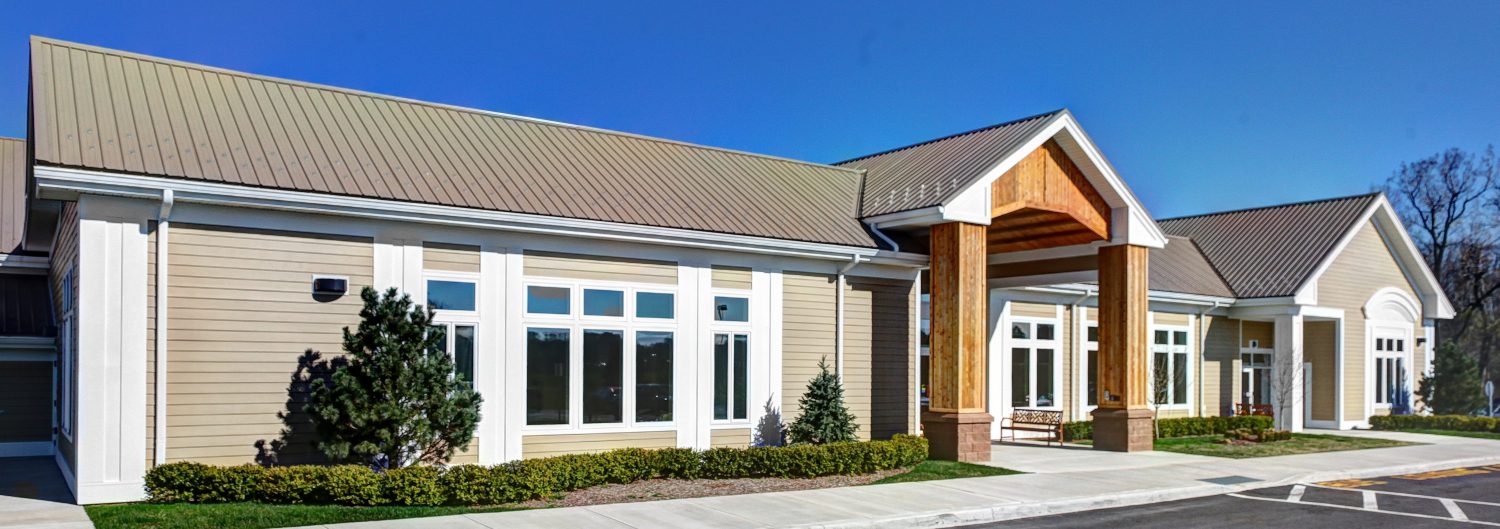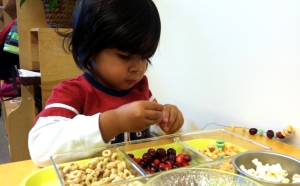Our Primary Classrooms, for ages 3 to 6, focus on several areas of education:
Practical Life, Mathematics, Sensorial, Language, Geography, Peace Education, Arts & Music, and Outdoor Work or Experiential.
The Preschool Years
Anyone who observes children realizes the amazing potential they hold. Those first six years, from birth to age six, present a child with the extraordinary power to absorb knowledge from their surroundings just by living in it. The child absorbs, with peak receptivity, their environment – the physical space, the language, and the movement of all within it.
A child’s curiosity is fed by their need to explore and discover. Their multi-sensory approach leads to touch and manipulation, so they do want to touch everything! They are keenly attuned to things that stimulate their senses; shapes, sounds, smells, textures, and tastes. They respond to their innate need to know where things belong and how things fit together. They want to become the masters of their own bodies and control their own movements. Children are fascinated by the customs and traditions of people in their lives. You are the mirror to their world!
Children do not need direct teaching in order to learn. Their freedom of movement, exploration, manipulation, and independence leads to a discovery that builds concentration and self-discipline.
Montessori Education reveals the extraordinarily high level of learning – both conscious and unconscious – that can come with ease due to the absorbent mind. Montessori not only enhances a child’s knowledge in the present, but it also establishes the foundation for true comprehension on a more abstract level later in life.
The Primary Classroom
The Primary classroom is a multi-age setting where three, four, and five-year-olds peacefully coexist through a three-year cycle. The three-year cycle is based on Dr. Maria Montessori’s three-year cycle of development.
These multi-age classrooms allow children to not only learn from each other, but also because of each other. The modeling of the older classmate’s language, ability, and interest stimulate the interest of the younger children in the classroom. Mastered knowledge is reinforced through sharing.
The constant interaction between the children teaches them to take responsibility for themselves and for each other. They learn to recognize other children’s work and space, and to experience the daily rules of grace and courtesy. Their ownership of maintaining the classroom, caring for the materials, and each other creates a thriving community where children are treated with respect and dignity.
The Prepared Environment
Our primary classrooms are child-centered communities. They are also prepared environments designed by Maria Montessori to facilitate maximum independent learning and exploration by the children.
The Montessori classroom is a living room for children. The materials and the furniture are scaled to meet the size and needs of preschoolers. Space is divided into four main areas of study: Practical Life, Sensorial, Mathematics, and Language. It is important to remember that no subject is taught in isolation. The Montessori preschool curriculum is interdisciplinary and interactive. There is always a busy hum in the classroom due to the natural patterns of movement and activity.
A three-year-old can be washing cloth alongside a five-year-old who is working on multiplication with the Montessori beads. During this stage of development, much of the work is done individually but often children like working in small groups. At least once a day, the entire group will come together for a presentation or group activity, such as storytelling, singing, or movement.
Maria Montessori wrote that, “the adult works to perfect the environment while the child works to perfect herself.” The Montessori prepared environment respects and protects the child’s rhythm of life. It is a calm, ordered space, constructed to meet her needs and match her scale of activity. The child’s experience is a blend of freedom and discipline in a place specially designed for her development.

